Ok, for all of you actually aware of the latest Geo-Political issues of the day, Russia appealed to the USA to move the nuclear weapons away from it’s borders. This is for the Ukraine nuclear placements, in case you are unaware. (Of course, the media is in full engagement about defending the Ukraine from Russian encroachment. Yada. yada. Yada. If you beleive that, then you are a moron.)
After the ultimation, the USA paused and much speculation has resulted from the delay in response.
But there should not be any confusion, actually. It’s all pretty historical
Whether war or terror, or attack, the systems are all simple boilerplate.
The classic terrorist tactic is the massacre of prisoners, or the sacking of a city which has refused to negotiate, surrender, or consider paying tribute. The execution of a conquered garrison or the sacking of a city has no immediate tactical advantage. But the act is intended to serve as a warning to other cities of the terrible consequences of resistance.
Genghis Khan was famous for his use of terror. During the Mongol conquest of China, his forces would arrive at a Chinese city and erect a large white tent for Genghis. If the city submitted to his rule, it might be looted, but the lives of the inhabitants would be spared.
Now, if there was no response to the white tent, then a red tent was erected in its place. If the city now fell the soldiers and male inhabitants of the city would be executed, but the women and children would be spared.
If the city continued to resist, a black tent would be put up – signifying that when the city fell, all of it’s inhabitants would be executed. And they were. It’s difficult to calculate numbers 800 years after the fact, but rough estimates indicate that 30 million people were killed in China by Genghis and the Mongols.
Terrorism worked.
Genghis’s grandson, Hulagu Khan (brother to Kublai Khan) used precisely these tactics in his conquest of the Middle East in 1258. He besieged Baghdad, and when it fell after a one-month siege, the Mongols executed almost the entire population of the city. Estimates range from 100,000 to one million. In 1260, Damascus surrendered to the Mongols rather than suffer the same fate.
Now, pay attention.
The notion that individual human lives have immense value is a western ideal.
It is not exclusively Christian, but the notion is certainly central to Christianity. It is historically true that the influence of Christianity had the effect of setting limits in warfare. It is a western, Christian, notion that civilian, non-combatants should not be targetted or deliberately killed.
It’s an artifical construct.
As the Christian consensus has evaporated in the west, the less likely the culture has become to value or protect individual human life. Pragmatism is antithetical to natural law.
So buckle up.
Terrorists are quite prepared to take innocent human life, because in their calculation this helps to achieve their ultimate objective (though this probably ascribes more rational analysis to terrorists than they deserve).
You are dealing with two differnt cultures. There is the “West” and there is the “East”. In the “Western Bloc” there is supposedly reason, and rules of war and society, and the entire rest of the world must obey them or suffer the consequences.
But in the “East”, this is just nonsense. And the blustering, and the posturing is ignored as some kind of crazy talk by lunitics.
The East (Russia and China) agree with dealing with the collective “Western Bloc”. They have come to (accurately) believe that thay cannot reason with the West. They cannot persuade them to abandon war and war-like ambitions. You can only defeat them.
Peace is never achieved by negotiation – only temporary cease-fires. Peace is achieved when one side is victorious over the other. It is something that they do not like, but are now fcing the facts.
…
After decades of encroaching war-mongering, Russia and China has decided to tell the United States and their allies (the collective West) to STOP.
This has been reported in the media in various bits and pieces, all of a haphazard nature, and completely omitting the signifigance of the events as they transpire. Those that read the “Western media” are completely ignorant of the gravity of the situation.
It’s extremely serious.
The world order must change or the United States and it’s European cronies will be vaporized.
That’s pretty fucking serious..
I searched the Washington Post, Bloomberg and Reuters earlier this morning and there was not one peep about yesterday´s meeting. Something happened. -John
So let’s not get too caught up.
Just let me say the following…
- Russia and China can decloak all stealth aircraft.
- Russia and China can decloak all stealth submarines.
- Russia and China and turn off all Western communication and targeting electronics.
- Russia and China can launch hyper-velocity nuclear swarm missiles to the American and European nations and destroy everything without a single defensive measure implemented.
- The Western Bloc has none of this.
Now, they do not want to do this.
However, the American nuclear missiles being placed in the Ukraine, Australia, Japan and planned in Taiwan will not be permitted.
Not. Going. To. Happen.
So…
So… What is the American and NATO response to the polite ultimation offered by Asia?
What, if anything, happened in Geneva?
There are no official results from the meeting in Geneva yet. The US has promised to give the Russians an official answer in writing within a week. The Russians have declared that they have explained the Russian position to their US counterparts in minute details leaving no ambiguity. According to Russian sources, the US position was a “diehard/stubborn” one.
Clearly, the War Party in the USA is, at least so far, prevailing. When I listen to the delusional statements of the likes of Blinken, Psaki, Kirby & Co I get the strong feeling that for these people everything is a zero-sum game and that to them an agreement with Russia, any agreement, is simply unthinkable.
If so, then this is all good news. Frankly, it is pretty clear that the War Party has won the day, at least so far, which leaves Russia no other option that to take further unilateral actions which is, I believe, the only way left for Russia to bring the leaders of the West back into the real world.
There are still further talks planned, with the Russia-NATO council and the OSCE. Never say never and maybe a last minute breakthrough is possible, but I personally don’t see how that could happen, not when one of the two parties is absolutely, maniacally, determined to treat the other as some kind of semi-savage inferior race with whom no civilized western leaders will ever negotiate. The western diplomatic toolkit is has shrunk to basically the following:
- Exceptionalism, messianism, racism and self-worship.
- Threats and imposition of sanctions for “bad behavior” like a teacher would punish a grade-school kid for being rowdy and not listening to the teacher.
- A total belief in both the West invincibility and invulnerability no matter what the “real reality” actually is.
- A total categorical refusal to admit, even by implication, that the world has profoundly changed and that the Anglosphere does not “rule the waves” anymore.
There is only one thing Russia can do to bring the leaders of the West back to reality: to turn up what I call the “pain dial”.
In the meantime, the Russian military has declared that it hopes to leave Kazakhstan within a week, but only if/when the situation in this country is fully stabilized.
President Tokaev has said that the CSTO forces withdrawal will being in 48 hours and will last no more than 10 days. I hope that he is right.
However, it will take months for Kazakhstan and Russia to deal with the insurgents, especially in the West and South of Kazakhstan. But that would already be a mopping-up operation which Russia and Kazakhstan can coordinate on a bilateral basis without any need to involve the CSTO.
For the time, we have to wait and see what actually happens in the next few days, things should become much clearer.
Andrei
…
Well, MoA covered the events.
With No Progress In Talks Russia Will Have To React
Monday’s negotiations over Russian security demands between the U.S. and Russia were, as predicted, a failure.
Russia’s core demand, to end the NATO drive to its borders by excluding membership for the Ukraine and Georgia, was rejected. A for once realistic NYT piece did not even try to hide the disaster:
In Talks on Ukraine, U.S. and Russia Deadlock Over NATO Expansion
Deputy Foreign Minister Sergei A. Ryabkov, Russia’s lead negotiator, insisted after the meeting that it was “absolutely mandatory” that Ukraine “never, never, ever” become a NATO member. His American counterpart, Deputy Secretary of State Wendy Sherman, reiterated that the United States could never make such a pledge because “we will not allow anyone to slam closed NATO’s open door policy,” and she said that the United States and its allies would not stand by if Russia sought to change international borders “by force."
Today’s talk between all NATO members and Russia in Brussels had similar results. Russia’s core requests were rejected and a bunch of stuff with which NATO would like to restrict Russian advantages was thrown up to divert the attention from the core issues.
As NATO’s Secretary General Jens Stoltenberg summarized it:
Today Russia raised the proposals that they published in December, aimed at addressing their security concerns. These include demands to stop admitting any new members to NATO. And to withdraw forces from eastern Allies. Allies on their side reaffirmed NATO’s Open Door policy. And the right for each nation to choose its own security arrangements.
Okay then. Russia will certainly choose its own security arrangements. And NATO will not like to see them.
The NATO wishlist for future talk includes these items:
Allies would like to discuss concrete ways to increase the transparency of military exercises, to prevent dangerous military incidents, and reduce space and cyber threats. Allies have also offered to look at arms control, disarmament and non-proliferation. Including to address reciprocal limitations on missiles, and to address nuclear policies. On lines of communications, NATO Allies are interested in looking at ways to improve civil and military communications channels, and the possibility of re-establishing our respective offices in Moscow and Brussels.
None of those have any priority for Russia and, as it will surely point out, it was NATO which in October initiated the breaking off of civil and military communications channels by expelling 8 members of Russia’s NATO mission in Brussels
The alliance has also halved the size of the Russian mission to NATO, headquartered in Brussels, from twenty to ten accredited positions -- the eight expelled Russian officials plus two other positions that will now be abolished.
Russia reacted to that outrageous behavior by closing its outpost in Brussels.
After the meeting today Deputy Secretary of State Wendy Sherman added a new U.S. demand to her list:
Sherman, the number two State Department official who is leading the U.S. delegation in separate meetings in Europe this week, said the NATO-Russia meeting ended with "a sober challenge" for Russia "to de escalate tensions, choose the path of diplomacy, to continue to engage in honest and reciprocal dialogue so that together we can identify solutions that enhance the security of all." The deputy secretary said that the Russian delegation did not commit, nor reject, NATO offers for follow-up discussions. The delegation further made no commitment to de-escalate, Sherman said, but added that they did not reject de-escalation. "Russia's actions have caused this crisis and it is on Russia to de-escalate tensions and give diplomacy the chance to succeed... There was no commitment to de-escalate. Nor was there a statement that there would not be."
There is nothing to de-escalate. A number of Russian troops stationed within Russia are training to guard Russian borders. They have always done so and will continue to do that. It is the U.S., not Russia, which is exaggerating their number, today with ‘additional helicopters‘ which no one has seen:
While troop movements have slowed, there are still 100,000 military personnel near the border and now the Russians have positioned additional attack aircraft there, American officials said. Attack and transport helicopters, along with ground attack fighter jets, would be a critical Russian advantage, should Mr. Putin decide to invade Ukraine.
Alexander Mercouris points out (vid) that the U.S. started the current affair when it, in March 2021, pushed the Ukraine to restart a war against it rebellious eastern Donbas provinces. Russia responded by quickly building up and showing off a force large enough to destroy the Ukrainian army.
That calmed down the Ukrainian issue for a while but the U.S. and NATO continued to pressure Russia with bomber flights near Russia’s borders and warships in the Black Sea. What did they expect but a Russian response?
There is nothing the U.S. can do about troop positioning within Russia. Exaggerating their numbers only builds more pressure. The constant false lamenting about ‘Russian military build-ups’ don’t help to calm things down.
The ‘de-escalation’ has to happen on the U.S. side. Otherwise it will be Russia which has to escalate. That is the warning Russia’s President Vladimir Putin has given to U.S. President Joe Biden. But it does not seem that the U.S. has come to understand that.
The talks will fail as the ‘western’ side is rejecting the main requests Russia has. The promised ‘military-technical measures’ will be implemented in Europe, Asia and probably also in Latin America. Given that Russia has throughout the last decade presented a number of revolutionary weapon designs we can expect some new surprises which the U.S. will be unable to match.
Fact is that Russia is capable to defend itself and its allies from military attacks and U.S. instigated color revolution attempts like in Belarus and Kazakhstan.
That the U.S. does not like that is not Russia’s problem.
Comments 1 – Economic not a hot war
“When I listen to the delusional statements of the likes of Blinken, Psaki, Kirby & Co I get the strong feeling that for these people everything is a zero-sum game and that to them an agreement with Russia, any agreement, is simply unthinkable.”
Agree completely.
When Ryabkov told the press conference that he had patiently explained to the US team that “Russia has no intention of invading Ukraine” my immediate reaction was ‘Oh no, why is Russia on the back foot, having to defend its position from criticism again?’
But then I realized, he must have been totally exasperated, he was talking to brainwashed muppets, utterly filled with hubris and Hollywood’s propaganda. At that moment I knew the talks were simply for Russia a “going through the motions” exercise.
Putin and his Kremlin know that they must force the hand of the deep state and its oligarchs who control the western powers that it does not pay to ignore Russia’s proposals/demands.
I do not expect a short military war, rather a lengthy economic war of attrition, with Russia and China applying an ever tighter squeeze.
Europe will freeze this winter, and next. Russian airspace will become either more expensive, or closed to western airlines altogether. The digital yuan will become more ubiquitous, the BRI will continue to grow apace, etc.
We are seeing the final fruits of decades of deterioration in western education and focus. It’s going to be a very bumpy ride.
WT
Comments 2 – A war to rally the country
Comment 5 – Russia’s response
Russia’s response will be military-technical, asymmetrical, effective and unexpected. The Western side will pray Russia to return to the negotiating table. If there will be a Western side at all. This is a game where Russia has all the cards.
-Andreas
Comment 6 – NATO High Noon Shootout
They agreed that nuclear war is a loser.
They also agreed that they need to talk about nuclear weapons.
They have a tacit understanding that if Russia disarms Ukraine, the US will punish them with sanctions.
There is also another unspoken understanding that Ukraine exists solely as a potential threat for NATO to use at its pleasure with or without Ukraine being part of NATO.
Notice Georgia is never spoken about. Georgia is off the table, because the US can’t use it like it uses Ukraine.
As for NATO taking its missiles and B-61 nuclear bombs and going back to 1997 lines, that is a natural fallback line that will be in effect as soon as missiles fly.
What we have is a classic Western showdown, High Noon, OK Corral, Tombstone.
We just don’t know which is the white hat and which is the black hat in the shootout.
But as the sequence goes, somebody is going to get killed.
NATO (the Alliance absolutely necessary for the US hegemony to exist) versus Russia (absolutely necessary for China and Eurasia to exist) are in a showdown.
This is not a showdown of the US versus Russia. The reason for that is China and Russia don’t want to destroy the US, if they don’t have to. And they don’t have to.
Russia has to break NATO. That’s the showdown.
–
Comment 7 – The USA must go!
I agree with your thoughtful post, except for this small part.
The USA in its current form must be destroyed because:
- A united USA still commands enough resources to threaten the civilized world
- A united USA is too bigoted to sincerely get along with the rest of the civilized world
- A united USA in its current form has never known peace
The USA needs to be broken up into a minimum 3+ separate republics.
In exchange for full international recognition and legitimacy, each republic would need complete removal of its nuclear, biological, and chemical weapons. War criminals (e.g. Bush, Trump, AIPAC, Soros, etc) will need to be extradited and tried. The other “weapons” like Hollywood or FAANGs can be tamed (or killed) by market forces.
–
Comment 8 – USA is insane
The US simply needs a complete overhaul of its elite class. US elites are corrupt and/or insane. Many Americans see this.
Correcting this state of affairs will be the work of a generation or more, if it happens at all.
Right now, the war that matters to me and many Americans is the war against the totalitarian leftists. And, they are everywhere.
When you hear a US President name a big governmental takeover bill, ‘Build back Better’ … a phrase repeated everywhere in the West, and straight from the World Economic Forum Technocrats, you know the mask is off.
–
Comment 9 – Go after the leadership
The “totalitarian lefties” are just a tool of the owners of the US/UK and EU. The west’s insane policies in education, policing, immigration, as well as the selection of blatantly incompetent people for high administrative positions, pursue the usual goal of Divide et Impera.
The owners are Banksters. Next are the war-profiteering MIC and supranational mega-corporations.
The masses are stripped of all mechanisms of control over western governments that function as the ‘representatives’ of the owners.
In the absence of homeostatic adjustments, western society has fallen victim to various parasites (Jewish Lobby, the MIC, et al) and dangerous diseases that appear as cancerous and gangrenous processes affecting societal structures. By destroying the vital mechanisms of feedback, the owners have ensured the death of western society.
Russia needs to target the ‘owners’ and the rotten upper echelon of the MIC and supranational mega-corporations. Make them shiver.
-Anna
Comment 10 – What about the rest of the world?
Who would have expected that the USA “swallow the toad” and fulfill Russia’s demands in the first negotiations and rush to pronounce it? If we didn’t take the statements of DC and Stoltenberg serious in the past, why now? The last say will of course be with the US-military and intelligence agencies because only they have the ability to assess Russia’s capabilities and decisiveness.
These are serious people who do not gamble with a thirld world war and they don’t boast in public in order to win elections. As I have been reading here many times the outcome of a US-Russia war is securely in Russia’s favour. And what would China and Iran do in such a case?
Are the European politicians and media people ready for disaster out of spite? I do not believe it. Have we heard Macron and Scholz cheering on the Americans? Even the Poles and the Baltic are strangely silent since the ultimatum. The fear of god has gripped them.
So let’s be optimistic that the war will be postponed ad calendas graecas.
–
Comment 11 – An accelerating decline
Terrific piece. The ‘results’ (or lack thereof) from the meeting in Geneva, need to be considered within the context of the current state of the American Empire. Consider-
1) None of the structural problems giving rise to the Global Financial crisis (GFC) of 2007-2008 have been resolved. Instead, the FED has used the Treasury as a de facto taxpayer-supported ‘piggy bank’ (the FED cannot print money) to provide > $40 trillion of ultra-cheap money to prop up equities, bonds and over-priced real estate (creating the ‘everything bubble’); the FED is currently spending $120 billion/month buying toxic corporate debt. In 2019, the FED provided circa $4.5 trillion in loans to large Wall St banks to cover the repo market which locked up (See: https://wallstreetonparade.com/2022/01/mainstream-media-has-morphed-from-battling-the-fed-in-court-in-2008-to-groveling-at-its-feet-today/). To put this in perspective, since Mar, 2020, US government debt has hemorrhaged circa $6 trillion; total US debt exceeds $28.5 trillion (See- Federal Debt: Total Public Debt (GFDEBTN); Link: https://fred.stlouisfed.org/series/GFDEBTN).
2) US taxpayers have spent more than $21 trillion on post-911 militarization. Despite this taxpayer largess, the Pentagon confronts a repeat of the $2 trillion Afghanistan debacle in Iraq, Libya, Syria and Yemen, poorest country in the ME (See- https://www.nationalpriorities.org/cost-of/war/; https://watson.brown.edu/costsofwar/). Not to be deterred, Biden’s 2022 military appropriation (approved by 88-12 vote in the Senate) is a record $770 billion.
3) The US ruling elite view the Russia-China-Iran axis as an intolerable obstacle to US global power. They have responded in a predicable way- with an increasingly reckless, aggressive, bellicose and astronomically expensive military response in Ukraine/Black Sea- to confront Russia, Persian Gulf- Iran and Taiwan Strait/S China Sea- China. Unfortunately, the Empire does not have sufficient force projection to prevail in any of these theaters.
Bottom line– We are seeing the accelerating decline of late-stage American capitalism which has progressed to the point where its very survival is contingent upon constant debt monetization (aka money printing) to prop up financial markets and the military. This is becoming increasingly tenuous as this orgy of money printing and debt has created gigantic bubbles in every asset class- ‘everything bubble’, increasing inflation and threatening to derail the dollar’s role as world reserve currency. Starting new wars with the Russia-China-Iran axis is only going to accelerate the Empires decline.
-Paul
Comment 12 – Economic drowning
For some absolutely mind boggling context to current events, please refer to the latest at http://www.wallstreetonparade.com
The NY Fed, 2 years ago gave the Big Four Wall Street firms 11.23 TRILLION in secret Repo loans…..
The NY Fed waited the maximum 8 quarters before they had to own up.
The presstitute MSM has blacked out this kinda shocking/ sickening wrinkle.
This was one of the reasons for the Covid con job/ distraction.
One can only wonder what truth will be told about the following quarters.
The Empire is plummeting into an economic abyss that is almost unimaginable.
The Sh#tshow continues until it doesn’t
Blessings to All
–
Comment 14 – Russia must hit the American mainland
The United States must give in front of Russian ultimatum, if we want this world to go to hell. Otherwise, I predict that the whole of Europe will burn again. If that happens, Russia has to hit where the best is: to the American mainland. Maybe that immoral, stupid people will finally understand all the horrors of war then when several of their cities burn.
–
Comment 15 – Nuclear war will occur
Any larger military conflict between US and Russia would involve the use of nuclear weapons. Thinking that they will not be used is naive. How useful is a weapon you cannot use in battle?
Why else are countries competing to produce a low yield warhead,which can be used as a more powerful version of a conventional weapon? How can you prove it’s a nuclear weapon if it does not produce waste and has a limited EMP blast? You cannot.
–
Comment 16 – Russia is playing things smart
Unfortunately that dog don’t hunt – Russians have clearly asked for explicit, written, official, signed and notarised safety guarantees. No leeway for sloppy half jobs.
–
Final MM Comments
This is a historical time.
The Collective West is in a terrible state of disarray and at a serious disadvantage. It is very easy fro them to back out from it; Just pull back their military forces and leave Asia. Unfortunately the egos of the collective “leadership” has repeatedly rejected these appeals.
The next step will not be so kind.
So far, both Russia and China have put up “white tents”. All have been rejected. The next stage is the “red tent”.
This will NOT be comfortable. In fact it will be slightly horrific. There will be econmic and social pressures placed on the collective West. Inflation will go ballistic, access to food, medicine and energy will be curtailed, and that will have a domino effect ont he societies so impaced.
If this is not successful, then what is next is the “black tent”.
That will be horrific. Let’s see just how intelligent the collecitve West actually is.
The US-led NATO military bloc has reverted to full Cold War strategy of “containment” towards Russia and seeks “full spectrum dominance,” Moscow's Deputy Foreign Minister Alexander Grushko told reporters on Wednesday. The diplomat added that Moscow believes NATO’s behavior is creating a “unacceptable” threat to Russia that it will have to counter. Grushko also alleged that the bloc is responsible for ending any and all cooperation with Russia on key common security issues such as the fight against terrorism, drug trafficking and piracy. He called out the US over the “collapse” of the arms control agreements, bringing up Washington’s exit from the INF and Open Skies treaties and dragging its feet on extending New START. -RT
Forget about all you have read.
The system in place follow the standard “Old Domain” format. A “white Tent” opportunity was presented and it was rejected. Next up is a “red tent”. There will be pressures applied. In general, given the condition fo the “West” this will not be comfortable. Most of the population would generally agree to a calming fo the situation, but the leadership is completely oblivious. My guess is that they will create a situation promoting the establishment of black tents. This will not be good for anyone.
Sorry.
Do you want more?
You can find more articles related to this in my latest index; A New Beginning 2. And in it are elements of the old, some elements regarding the transition, and some elements that look towards the future.
New Beginnings 2.
Articles & Links
Master Index.
- You can start reading the articles by going HERE.
- You can visit the Index Page HERE to explore by article subject.
- You can also ask the author some questions. You can go HERE to find out how to go about this.
- You can find out more about the author HERE.
- If you have concerns or complaints, you can go HERE.
- If you want to make a donation, you can go HERE.

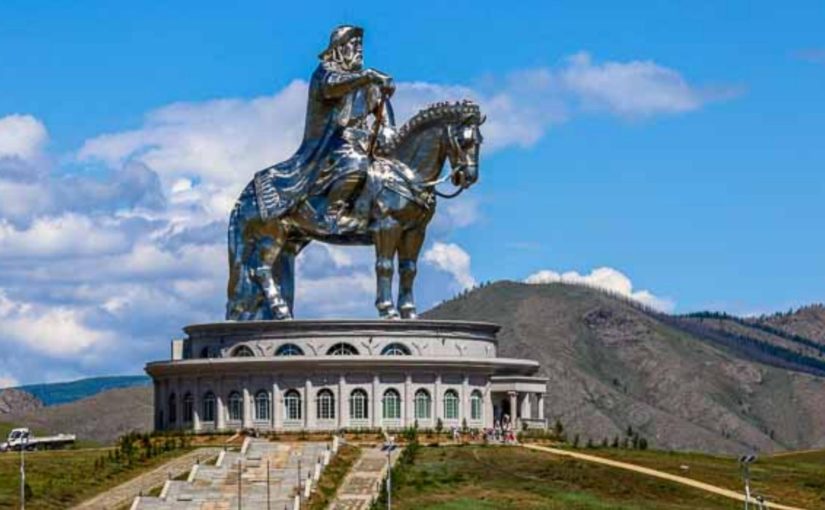
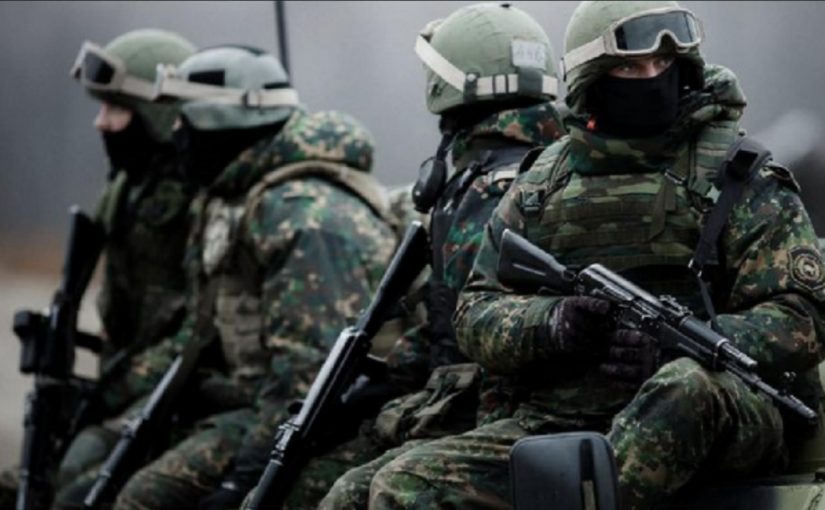
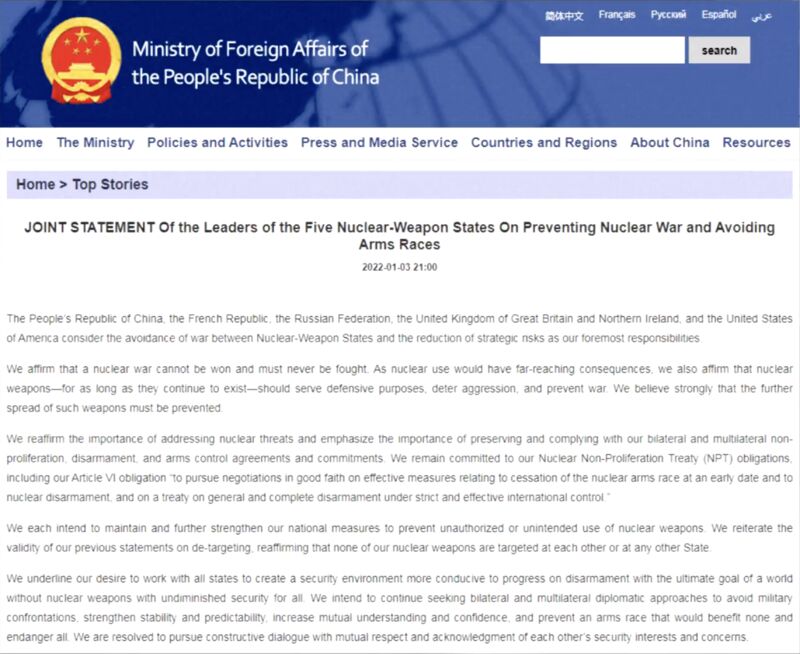
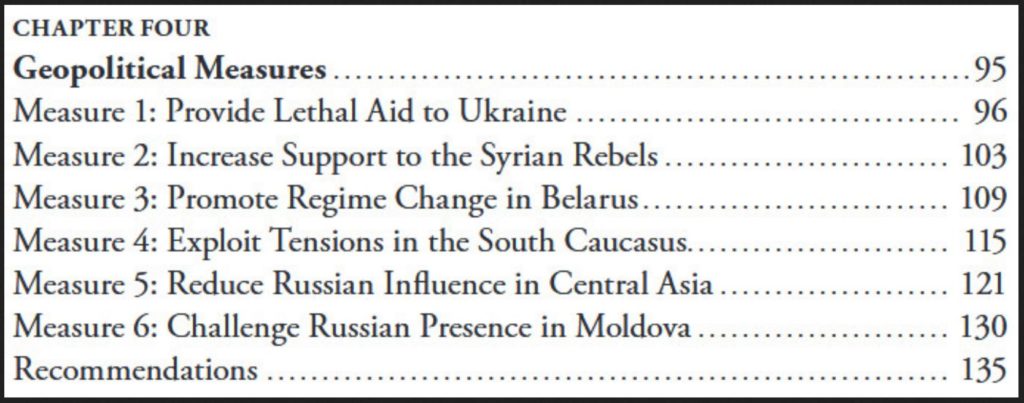
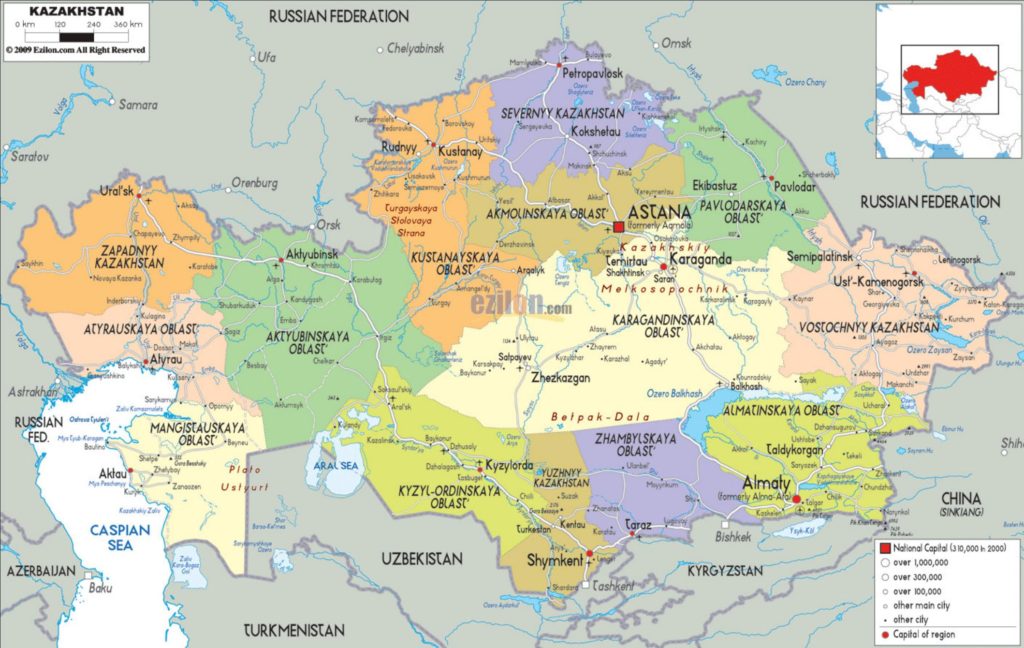
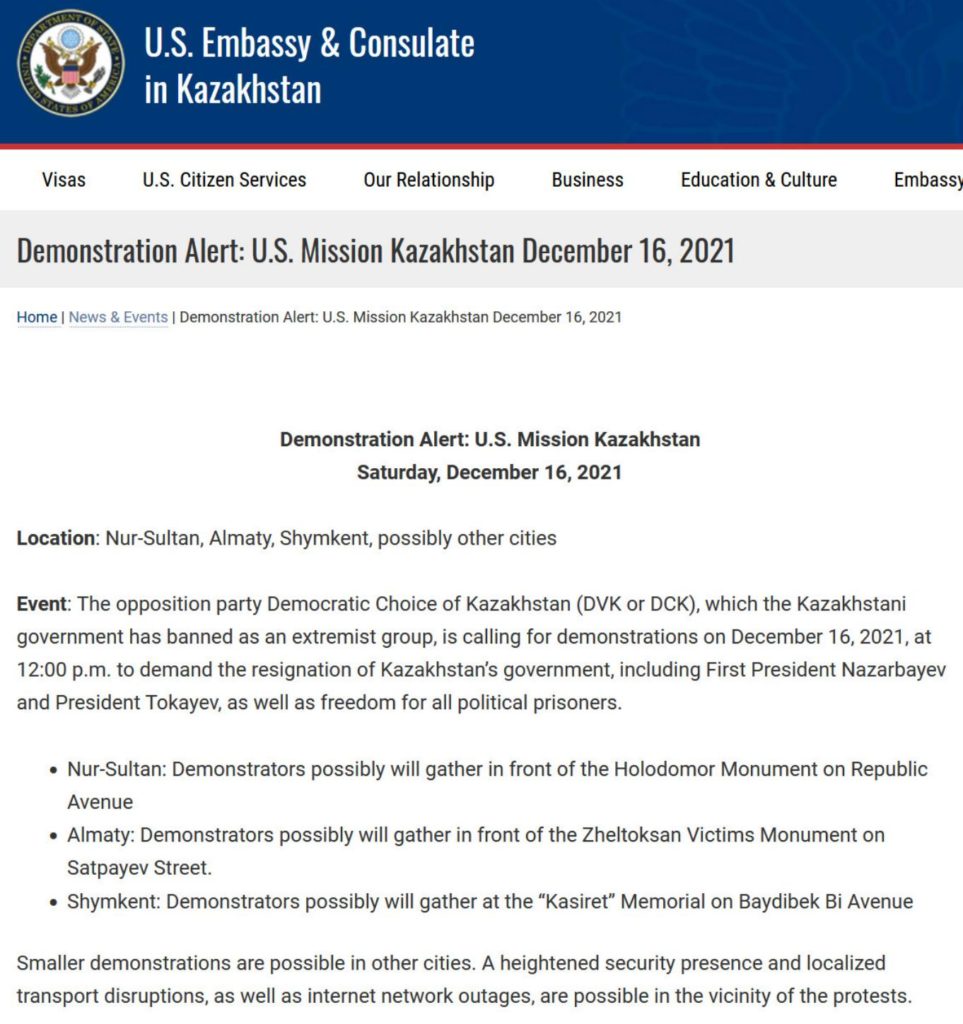
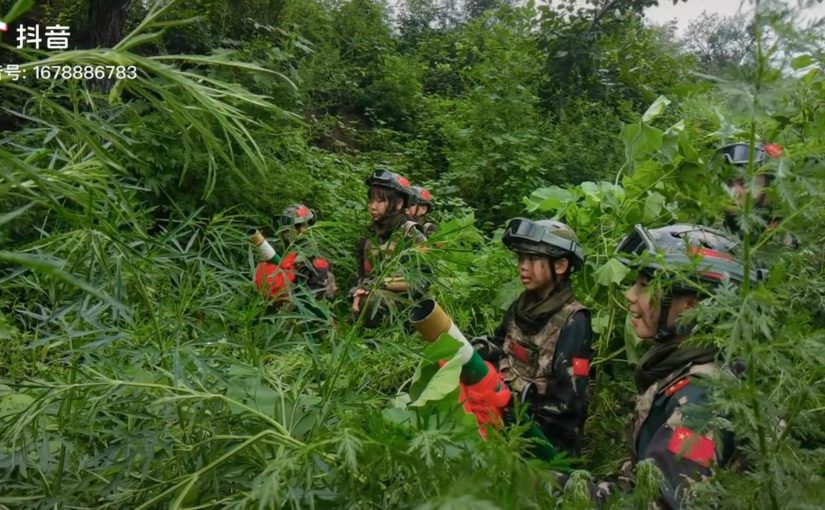

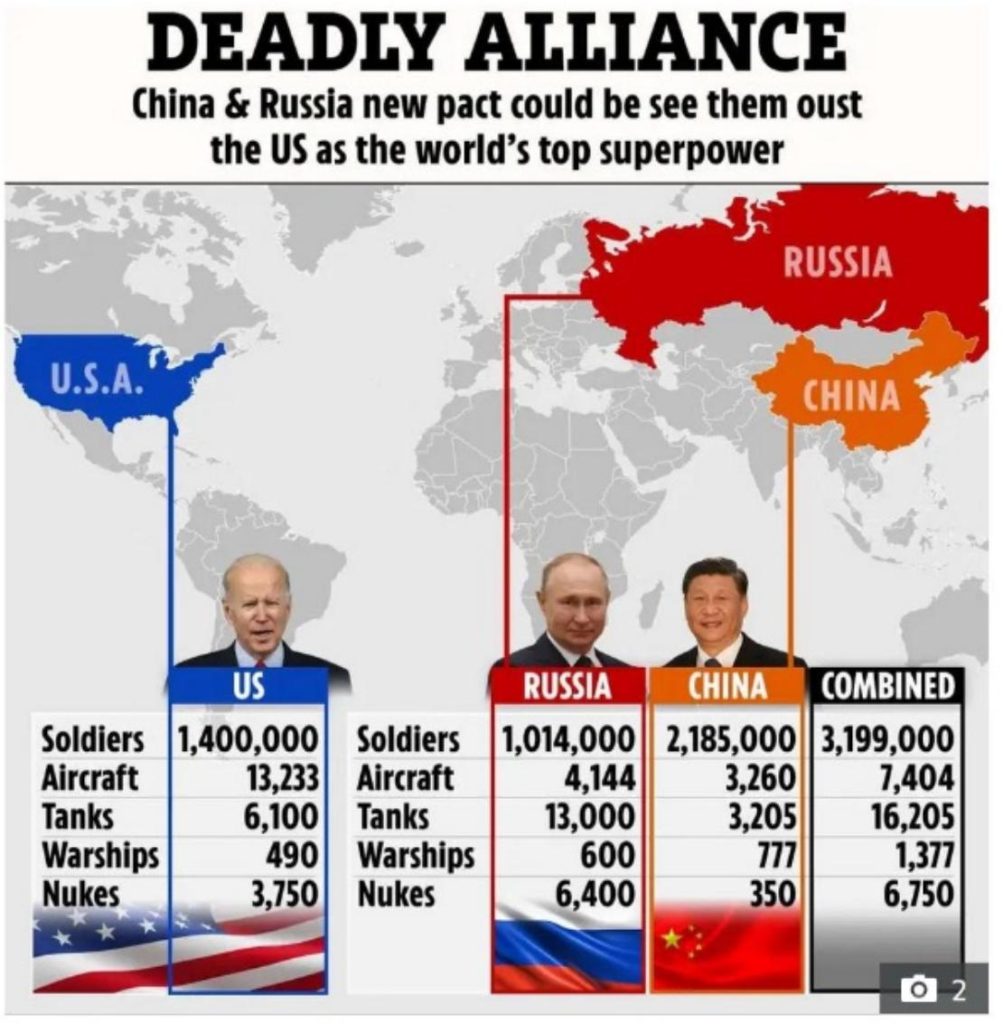

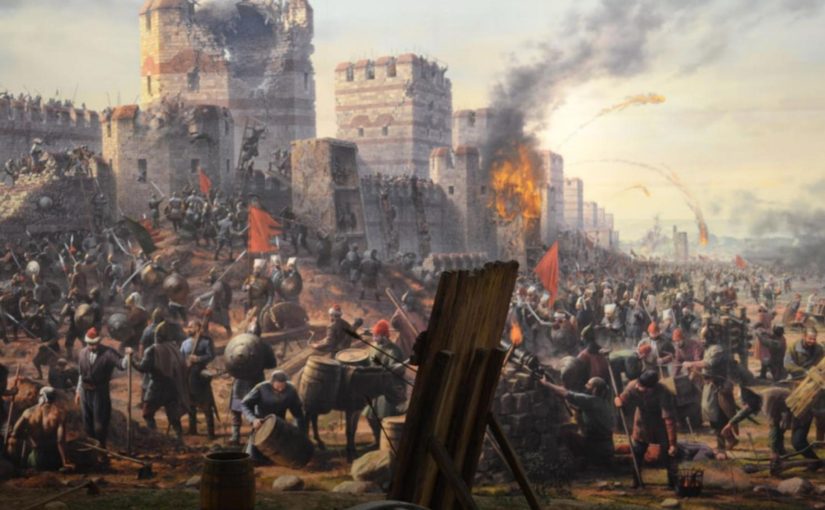
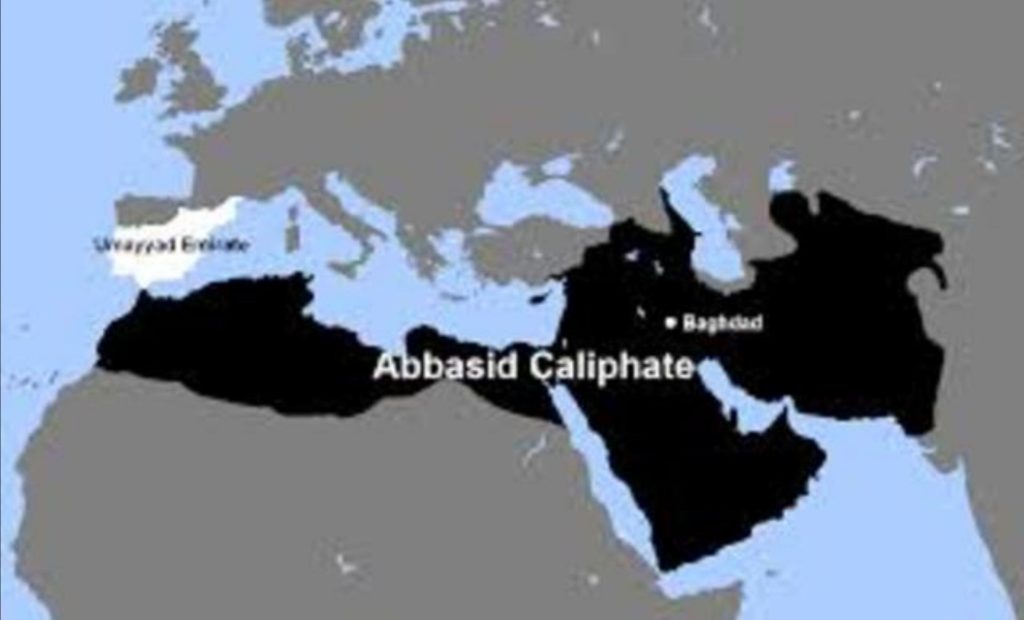
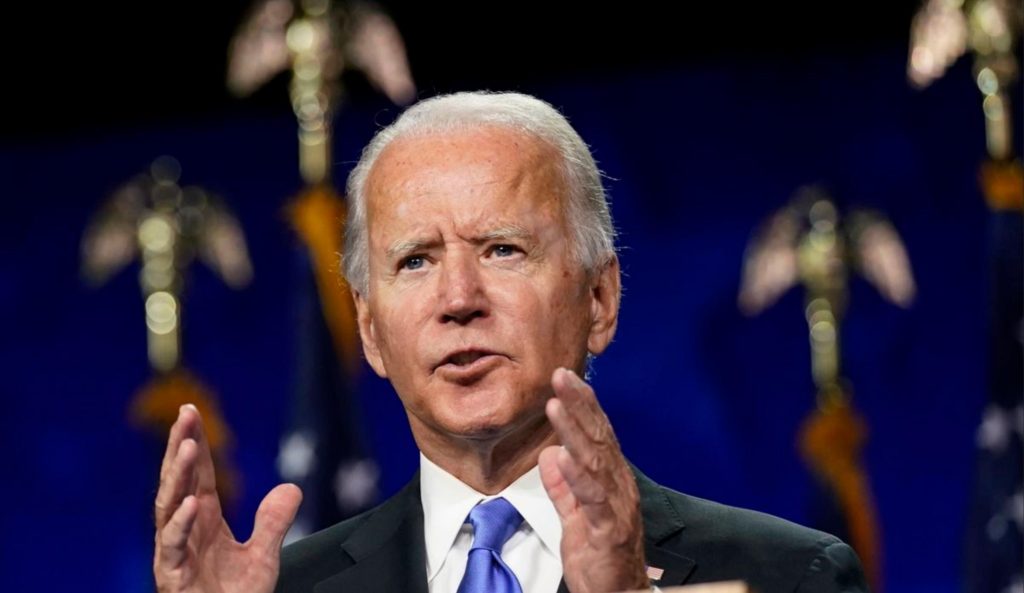
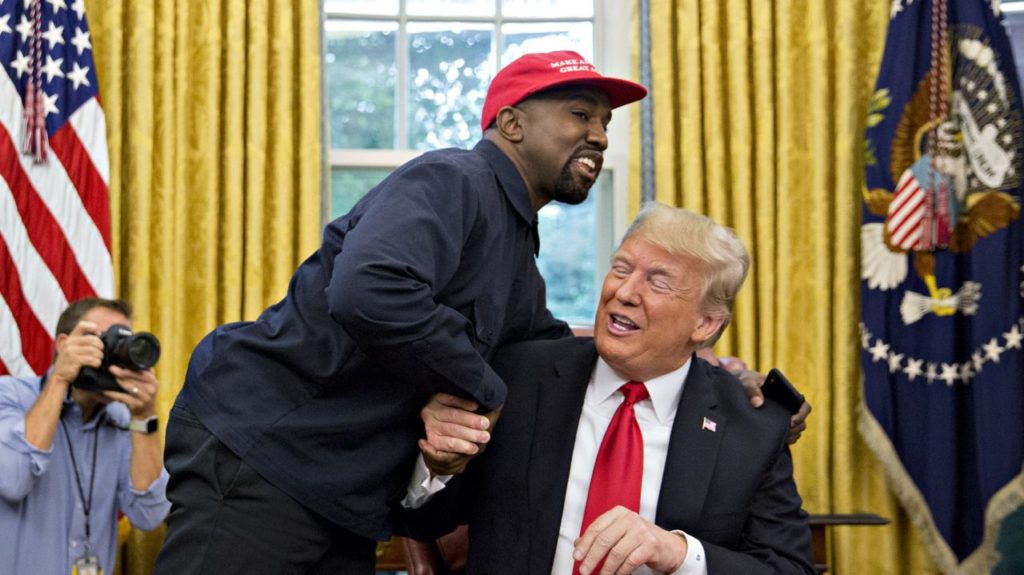

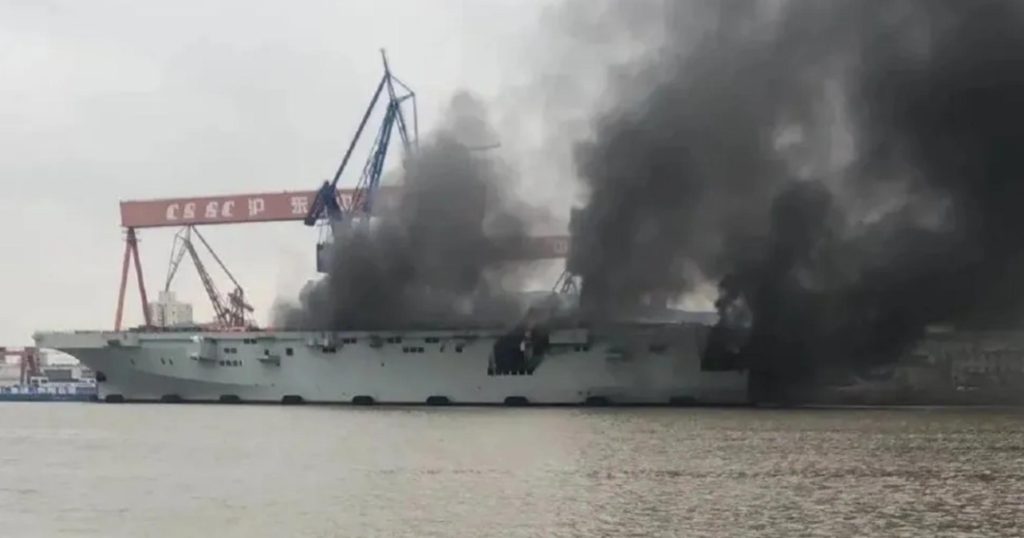
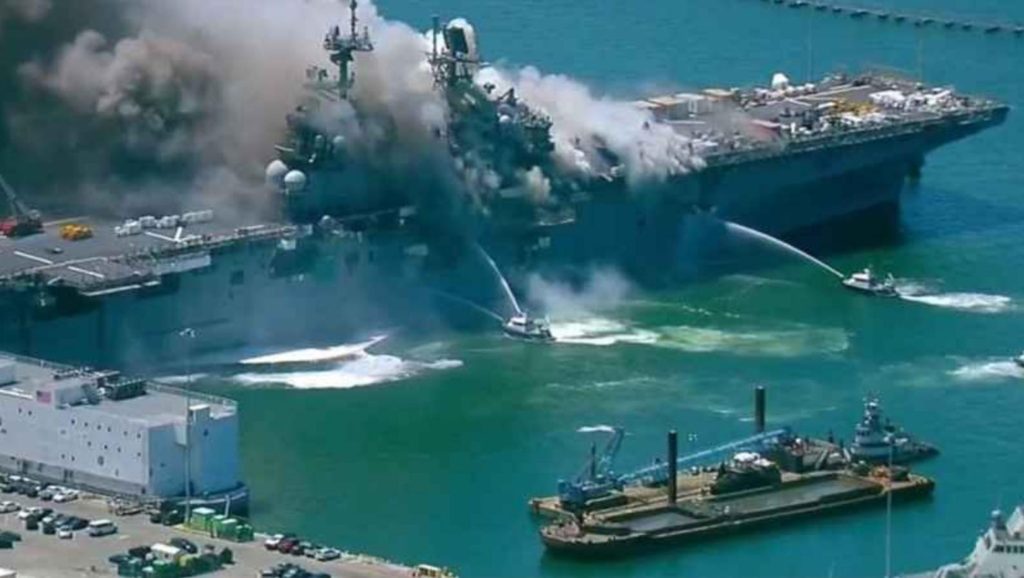
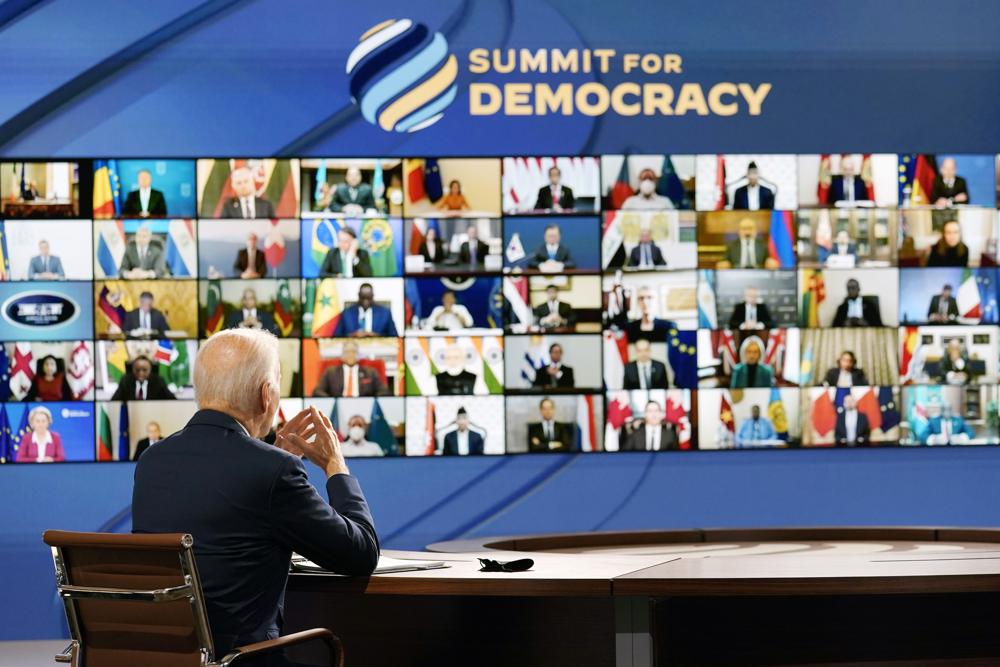
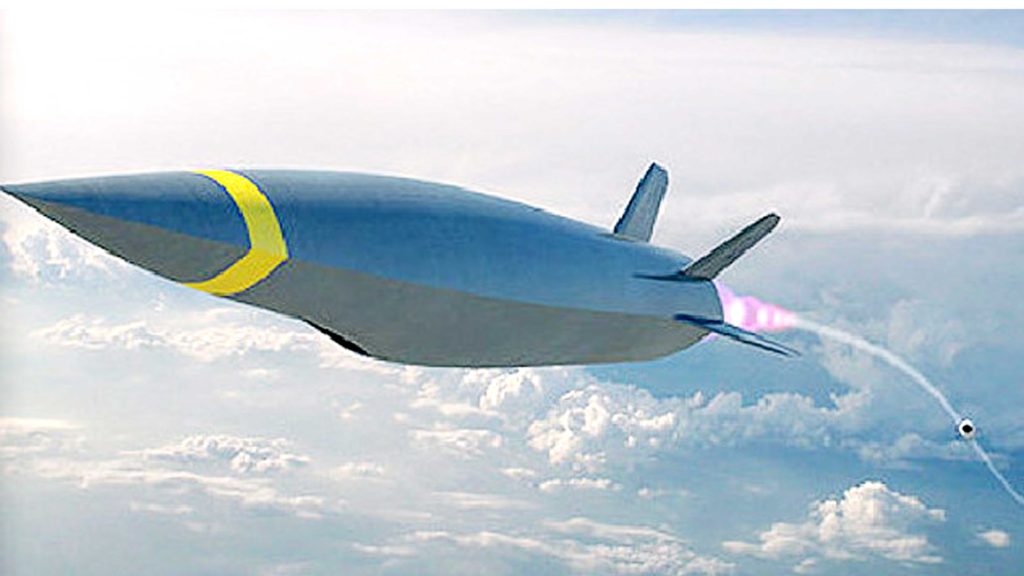
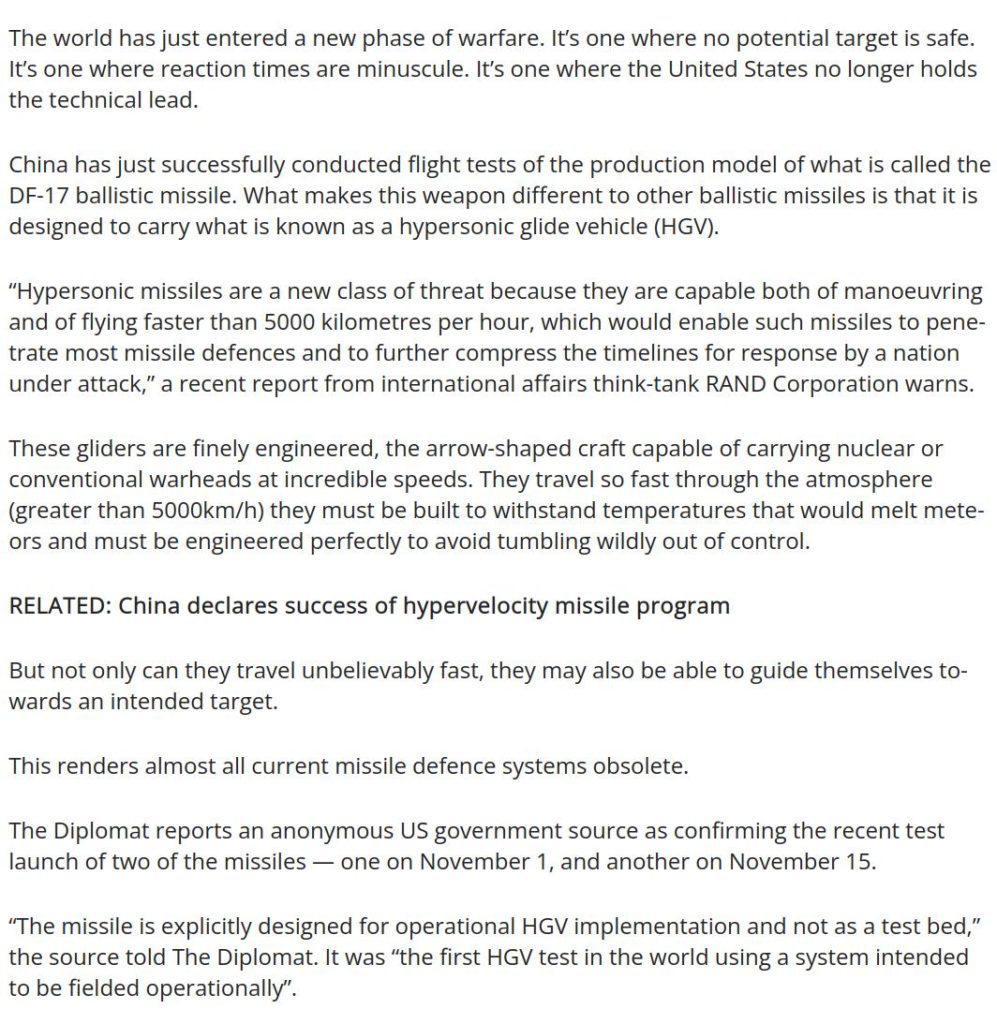
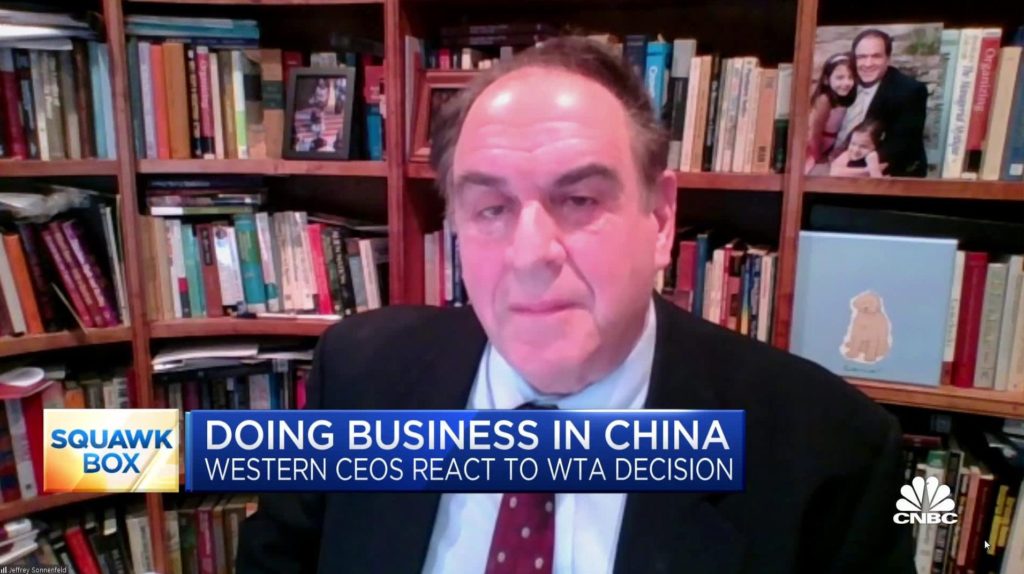
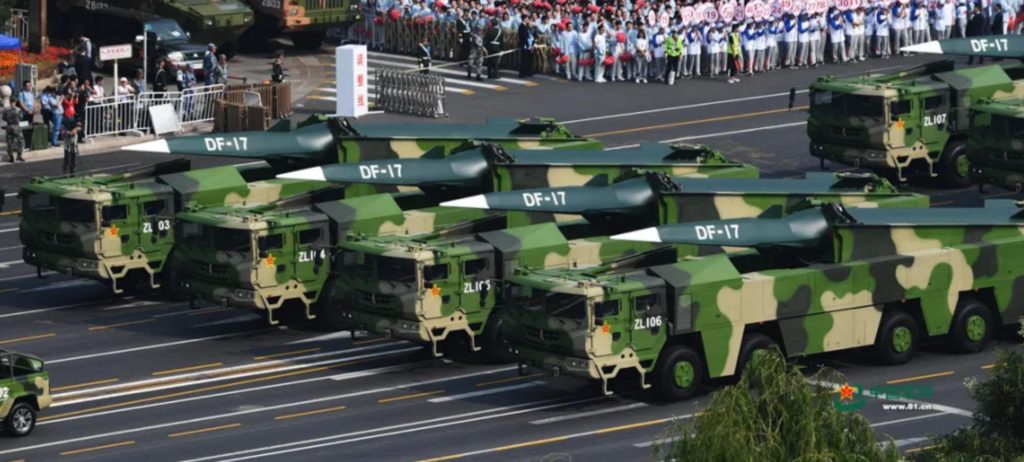
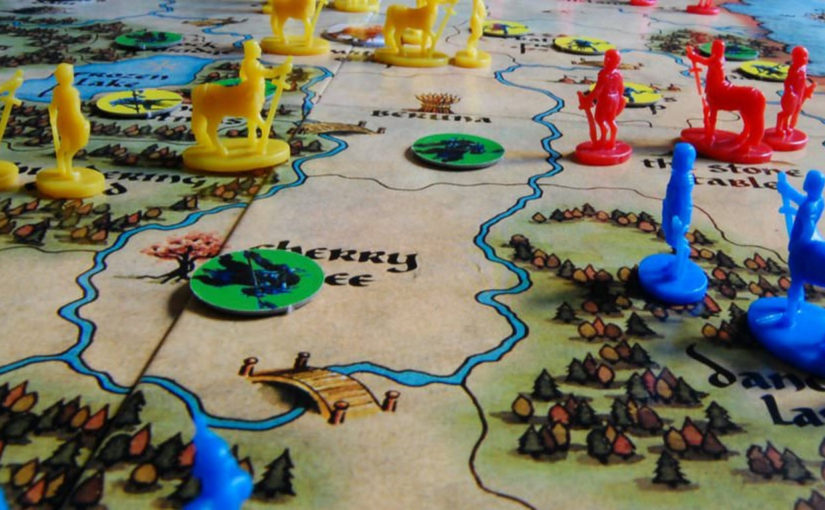
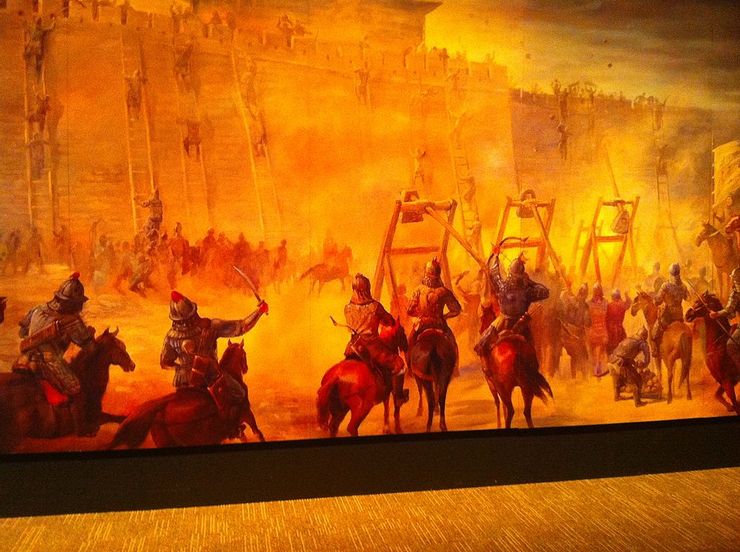

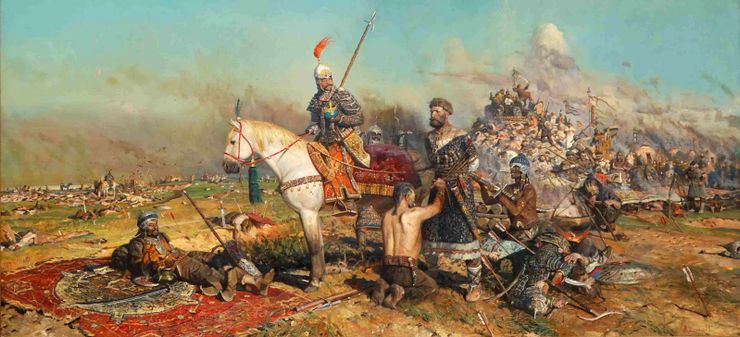

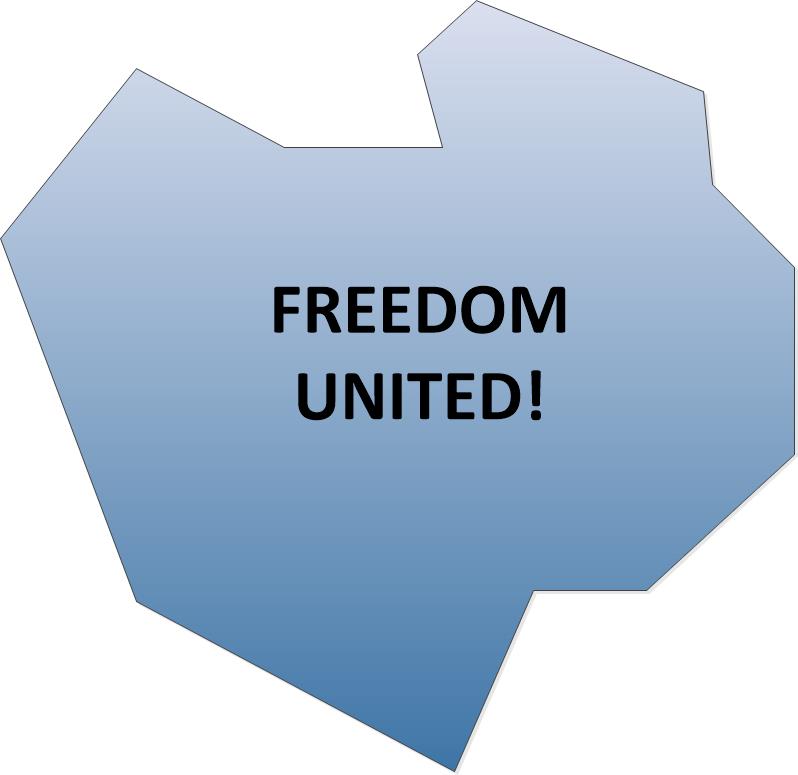
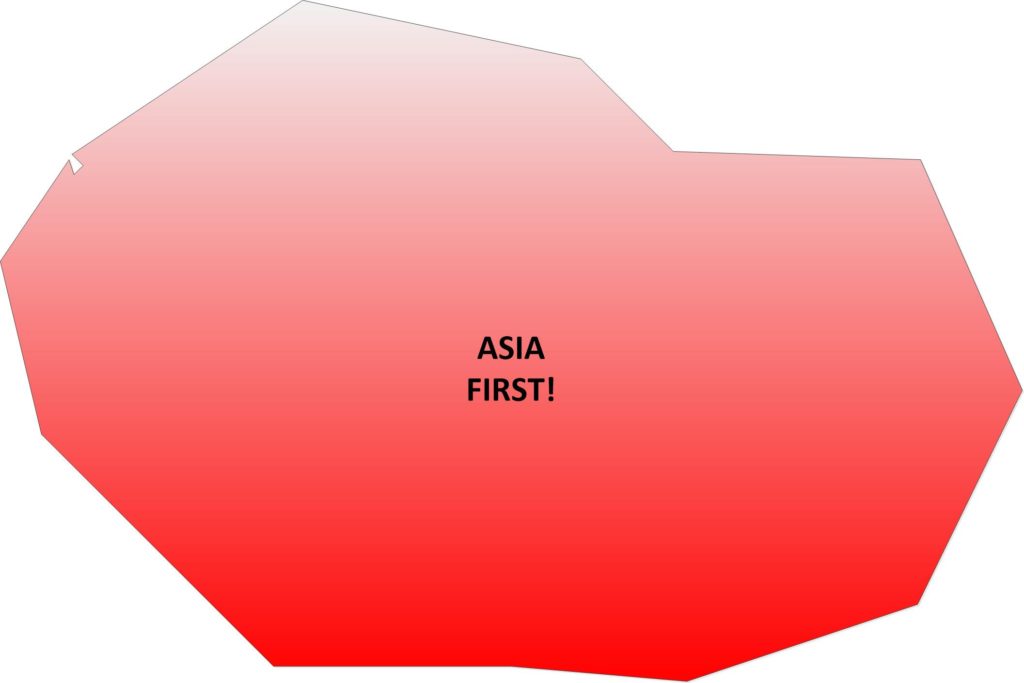
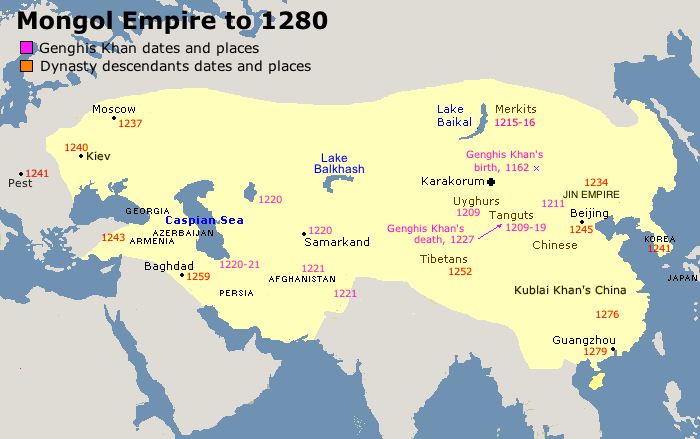
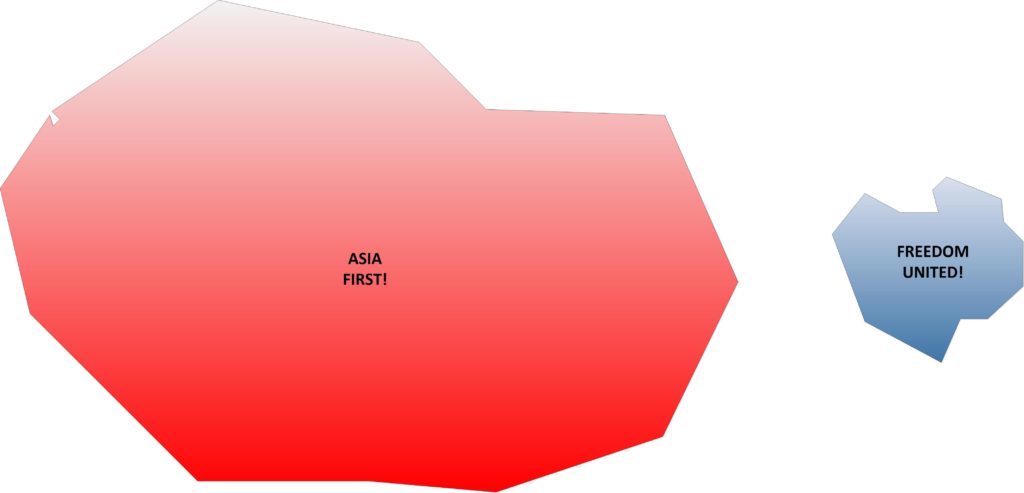
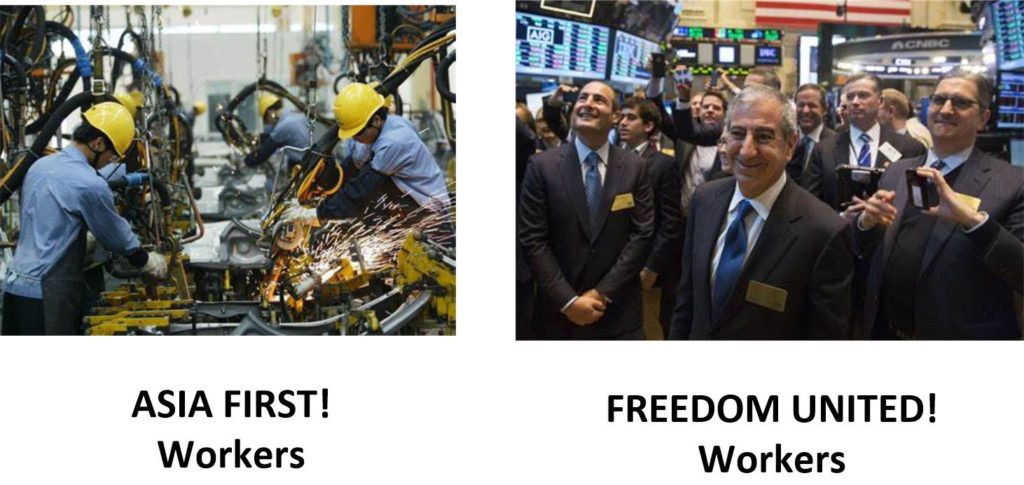

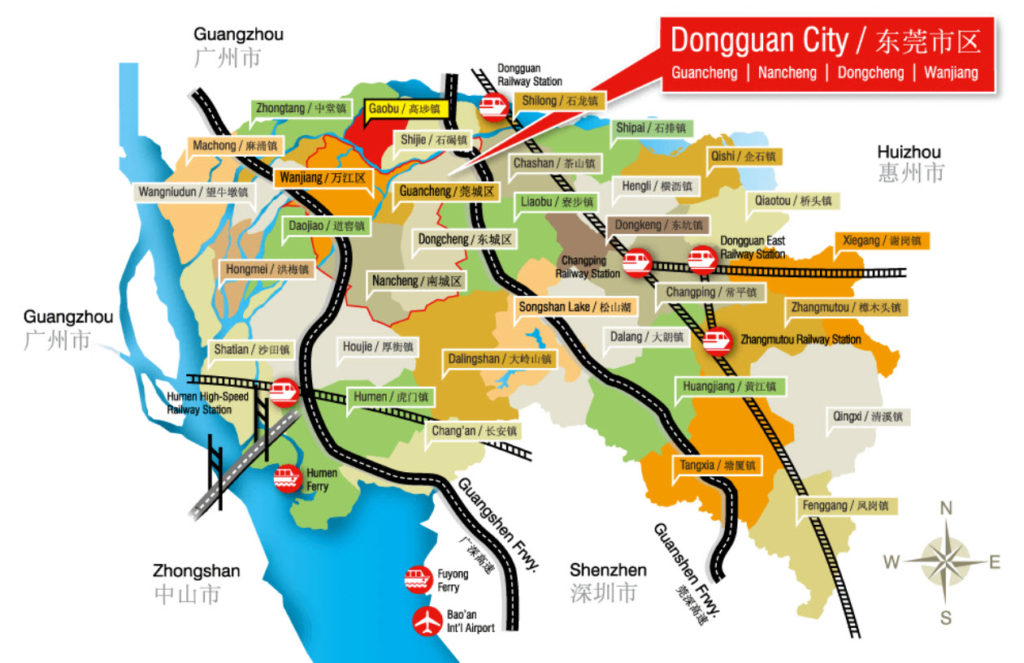
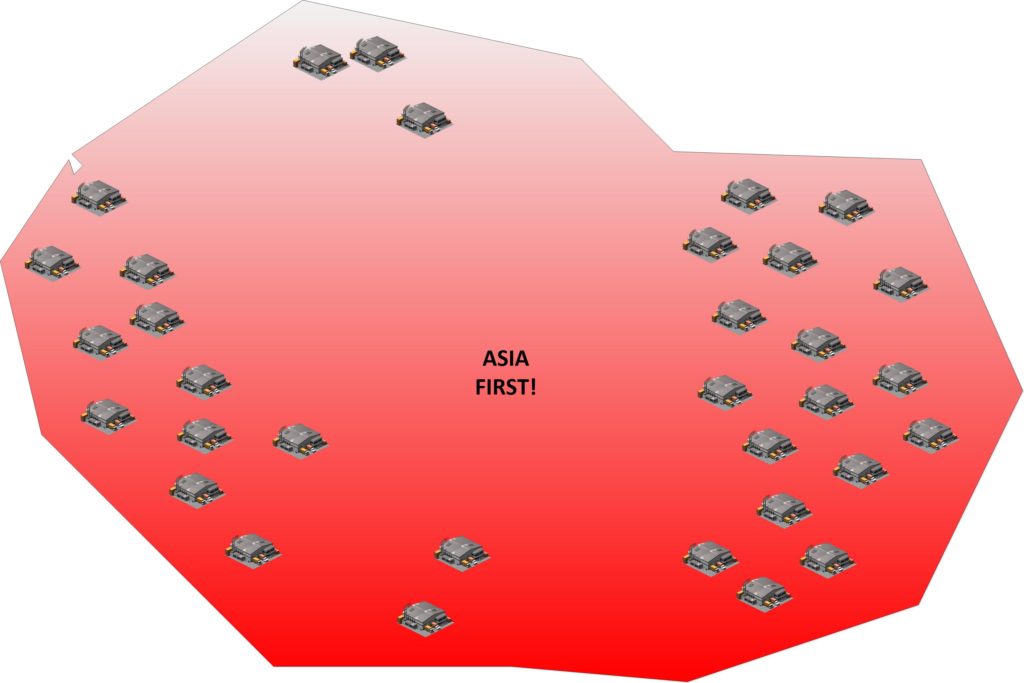

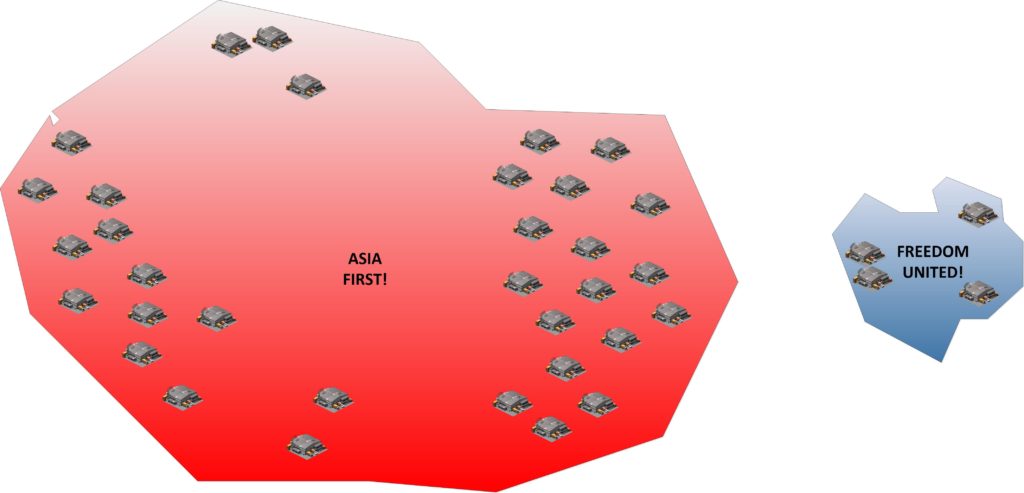
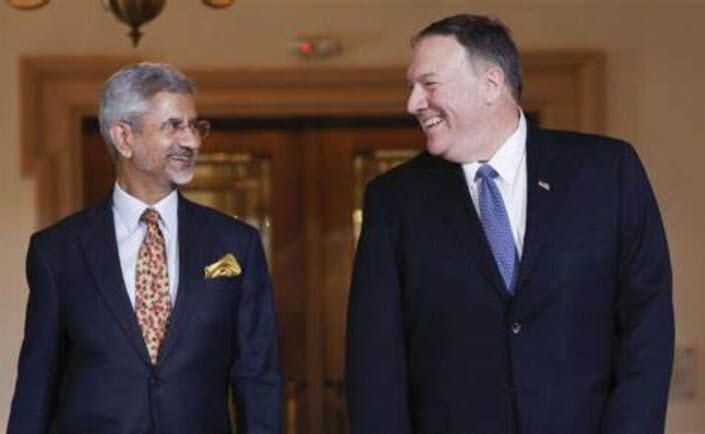
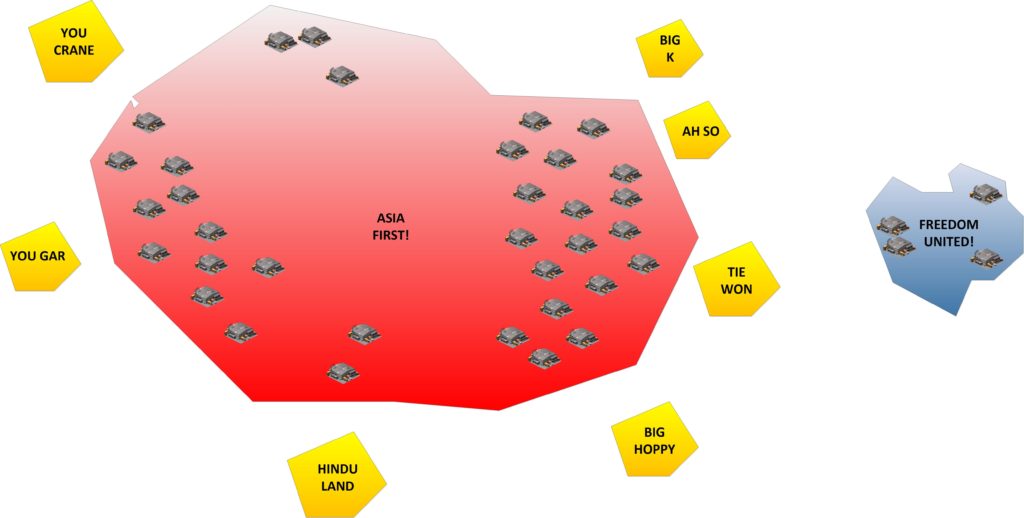
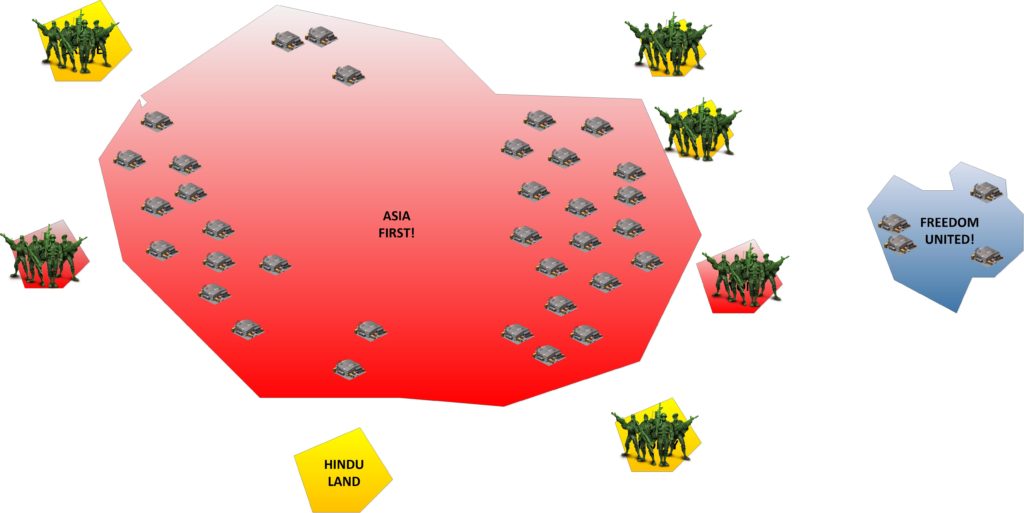
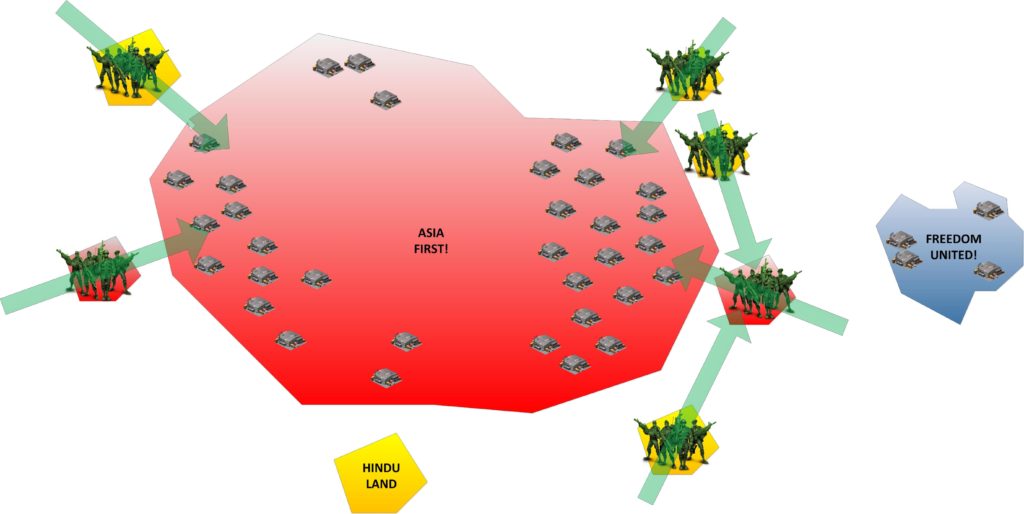
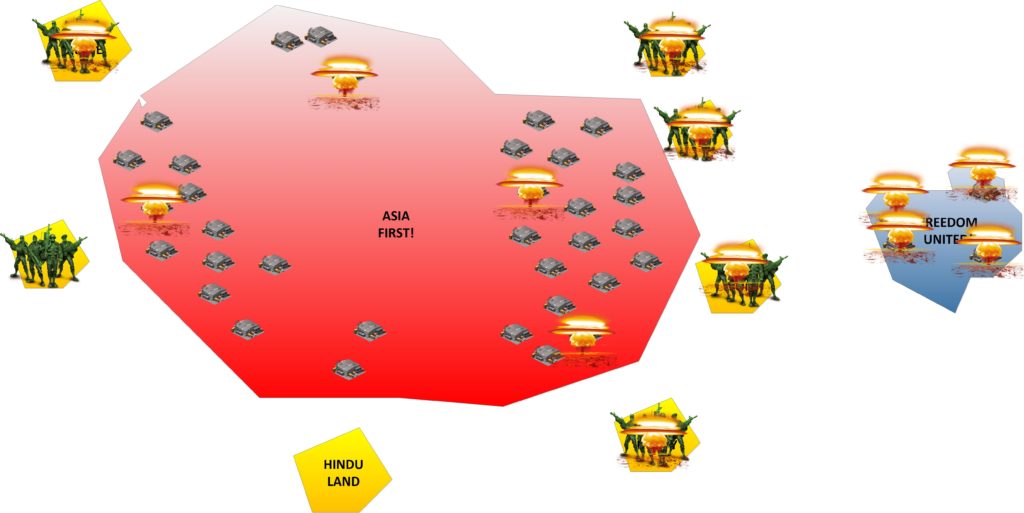
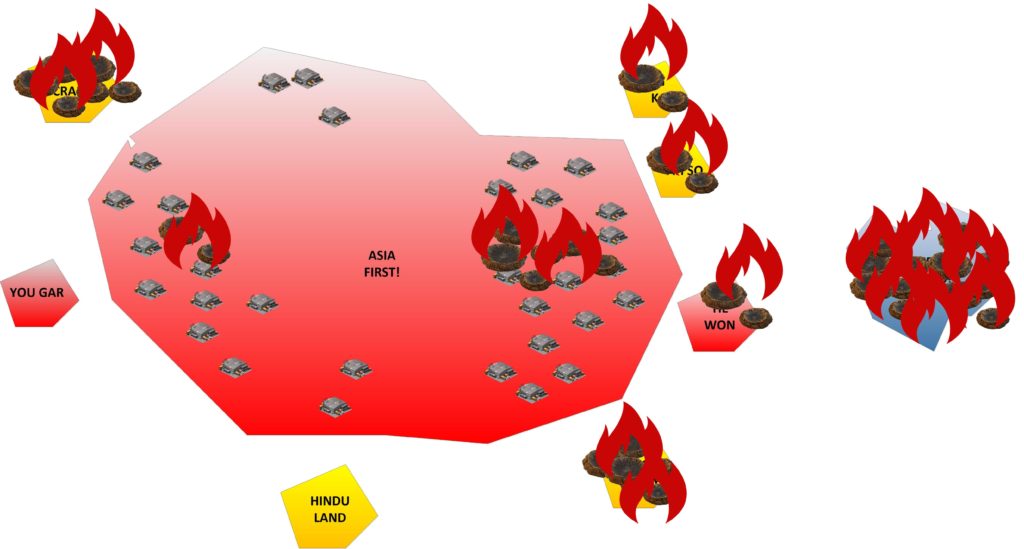
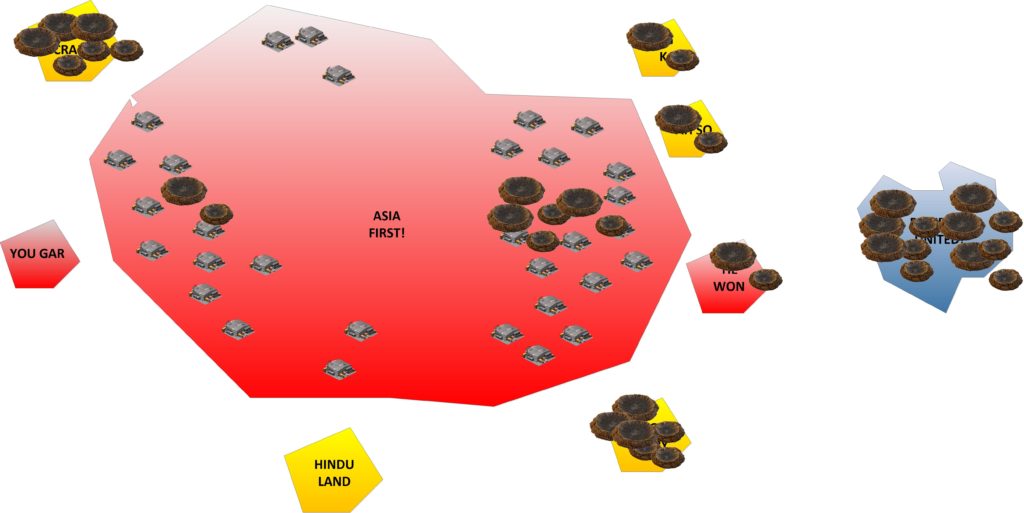
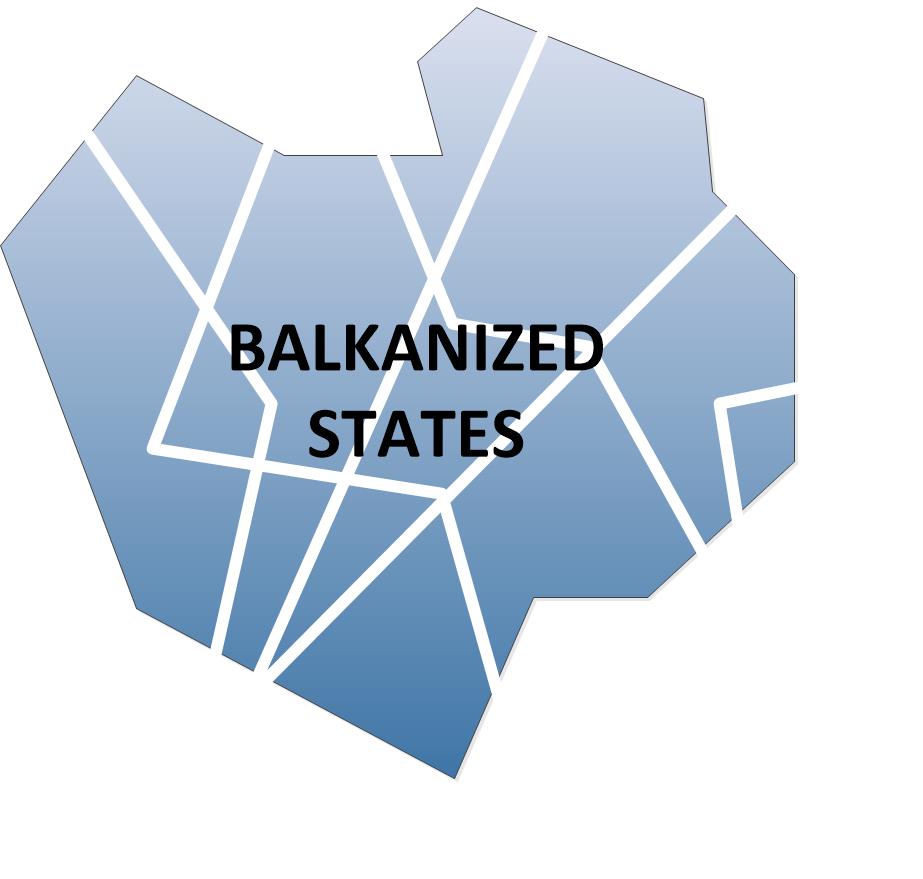
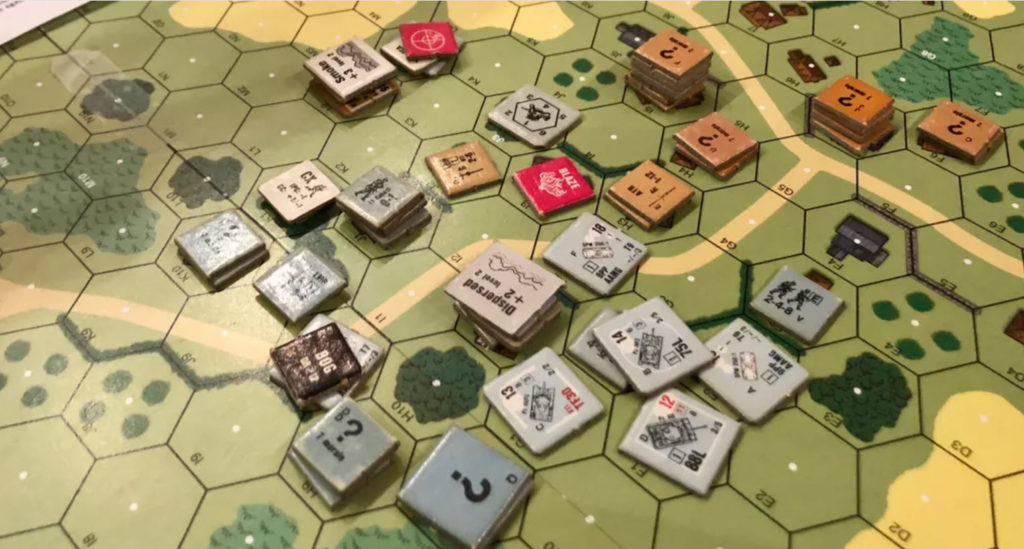
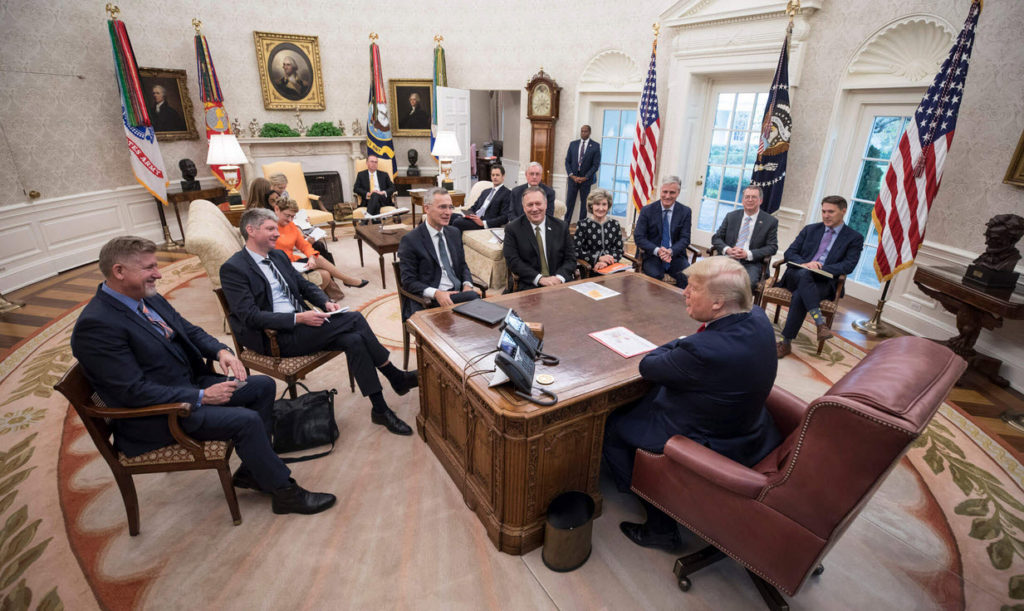
My concern is that the US may be looking for another “Pearl Harbor” attack to rally the country, and there could be a major conflict that starts in Ukraine and eventually also involve the Chinese.
Seems Russia is being drawn in like the Japanese were in WW2, but this one will be much more difficult for the USA. Back then, the USSR did the heavy lifting against Germany, and US citizenship was offered to natives in Asia to get them to fight with the US military against Japan.
This time, the US will be pretty much alone.
But the mentality in the US is that it was the main force for victory in WW2, and I think they genuinely falsely believe that a hot WW3 would turn out the “same”.
-Red1chief
Comments 3 – Sink a Carrier and World War III erupts
That is extremely dangerous thinking. How many aircraft carriers to sink? One, and then the world dies.
I am a veteran of the empire’s 1st foreign adventure, Operation Desert Storm. I’ve watched our shenanigans ever since. One absolutely indisputable fact of the US military and US civilians view of the military: they positively cannot STAND casualties. The sinking of a carrier would cause more losses than the entire 20 year “war” in Afghanistan did. More than died in the Normandy landings. The public would not allow peace after such a heinous act as sinking an invincible aircraft carrier!
I live in Florida. People around here wanted to “nuke” Iran for having the audacity to launch missiles at our Iraqi base. They also saw no problem in the murder of the Solimani “terrorist.”
The loss of a carrier would elicit a nuclear reply, I am certain.
-Cold War Kid
Comment 4 – The American Leadership is not crazy
It absolutely would not. The American public may be politically uneducated but they do know the outcome of a nuclear war with Russia. Even the most uninformed of them say things such as, “Russia is a gas station with nukes.” So they know it will be ugly for America.
The thing about entitlement is that it demands respect it does not deserve. Entitlement will make demands until it meets a pushback it recognizes as detrimental to its existence.
At that point it will start becoming rational since there is very little that brings clarity to a coddled, entitled people like the possibility of annihilation.
At that point, the divisions in America will become apparent.
The Reps will blame the Dems for such a situation and vice versa. Regardless both parties will recognize the need to negotiate with Russia whilst blaming each other.
It will not go nuclear.
–Joao Lima